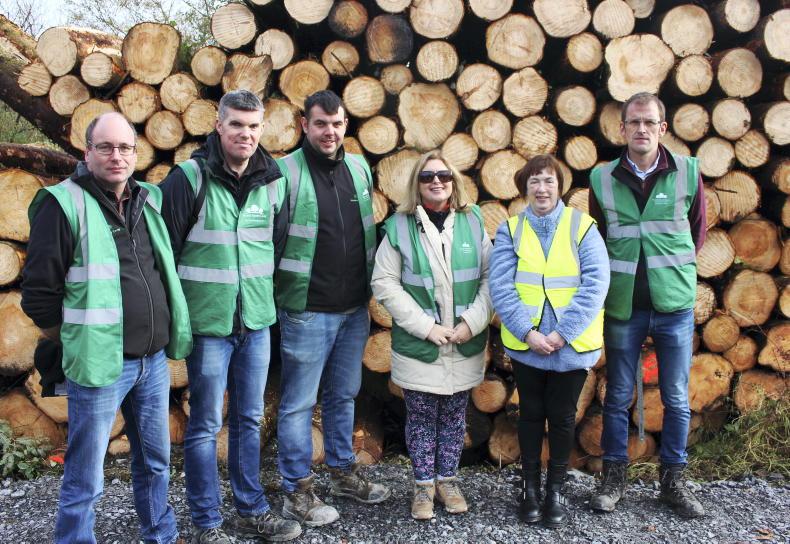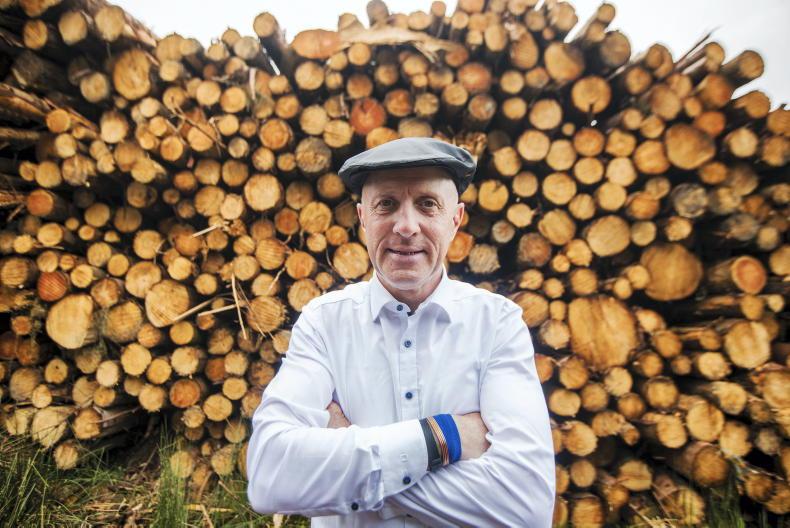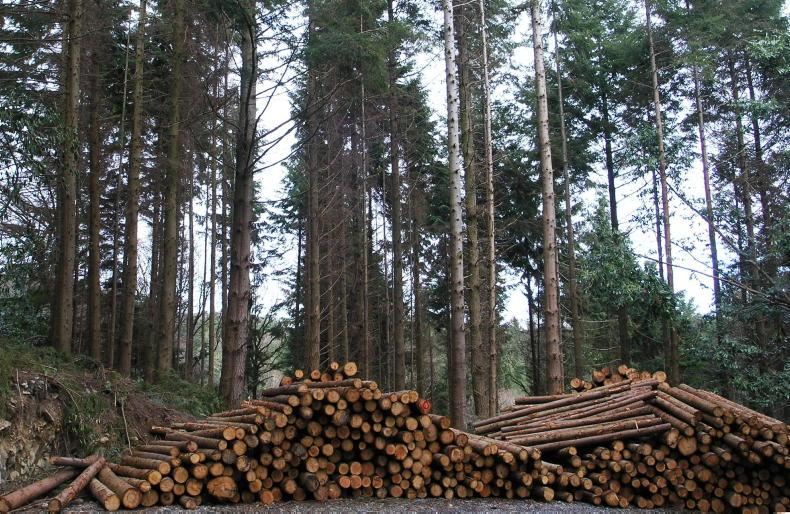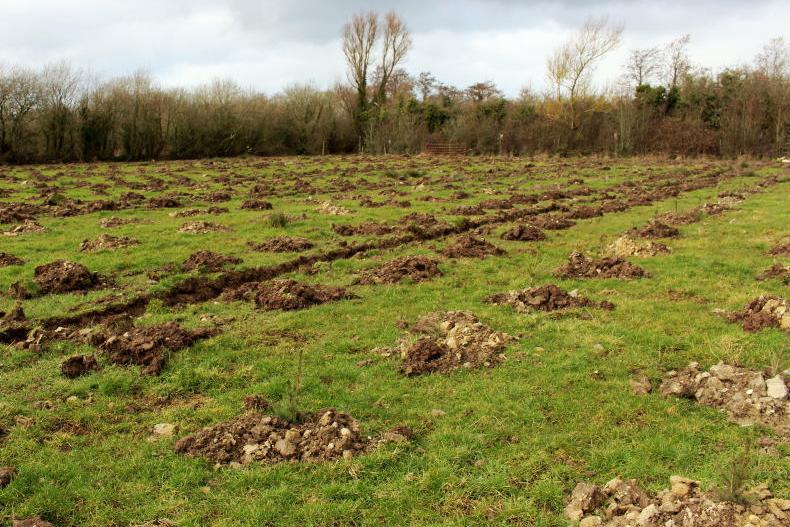Paying planting grants and forestry premiums to institutional investors could “drive a wedge” between rural communities and the forestry sector.
The stark warning was issued by the Social Economic Environmental Forestry Association (SEEFA), which represents the country’s leading private forestry firms.
It welcomed the recent hike in forestry premiums for “farmers and farm families”, adding that it could re-engage farmers with forestry.
However, the private forester body maintained that the payment of the increased premiums to institutional investors could have a negative impact on the industry’s relationship with local communities.
It claimed such an eventuality would be “nothing short of a national scandal”.
SEEFA’s intervention comes amid growing speculation within the industry of a tie-up between international hedge funds and major Irish forestry interests.
Such a link-up could help drive the overall level of forestry planting nationally, but the rumoured development has prompted concerns among farmers, rural communities and private forestry companies.
SEEFA’s comments were included in a recent submission on the recommendations for the new forestry programme.
The submission called for greater ambition in terms of forestry planting, pointing out that 18,000ha would need to be planted annually for Ireland to reach its target of 18% forest cover by 2050. Just over 2,000ha of forestry was planted in 2021.
It noted that just 599 afforestation licences have been issued this year, which is just 60% of the Department of Agriculture’s target for 2022.
SEEFA reiterated its contention that the current forestry licensing system needed to be totally revamped if increased planting targets were to be achieved.
It called for the new premiums to be index-linked and the extension of premium payments on broadleaf species to 40 years.
Bemoaning the fact that afforestation was not included in the upcoming CAP programme, SEEFA again called for an independent agency to drive the forestry programme.









SHARING OPTIONS